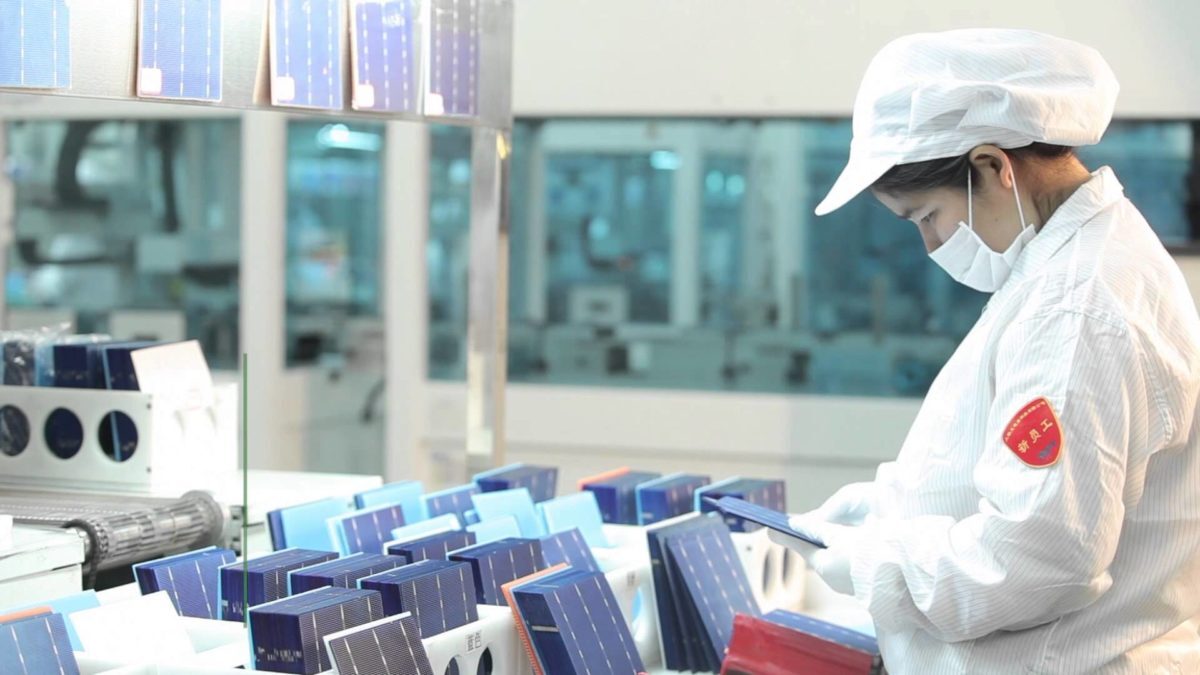Canada’s largest solar project, the 400 MWac Travers plant planned in Vulcan County, Alberta, has secured funding after Danish investment management company Copenhagen Infrastructure Partners (CIP) signed an agreement with project owner Greengate Power Corporation.
Travers will cost around CA$500 million (US$376 million) and will lead to around 500 jobs. Construction is set to start in the summer with commissioning anticipated before 2022.
“CIP is pleased to continue growing its North American renewable energy portfolio through our investment in Travers Solar, CIP’s first investment in Canada,” said senior partner Christian Skakkebaek. “Alberta is an attractive market for investment and we look forward to working with Greengate, one of Canada’s leading renewable energy developers, to bring Travers Solar online.”
Merchant
The plant made headlines last year after its developer announced Canada’s largest solar project will operate without a subsidy or a power purchase agreement (PPA) contract. Greengate is confident it can refinance the facility through merchant operations.
A spokesman for the Brookline PR company used by Greengate told pv magazine in August: “There is no guaranteed power supply deal, PPA [power purchase agreement] or public subsidy associated with the recently announced Travers Solar project. Greengate Power plans to finance the Travers Solar project on a merchant basis driven by Alberta’s phase-out of all coal-fired electricity by 2030, carbon pricing framework, and the need for significant new investment in power generation as a result.”
Merchant operation of a significant solar plant has been helped along by a new emission offsetting scheme. Backing from institutional investor CIP is a vote of confidence in Alberta’s new Technology Innovation and Emissions Reduction (TIER) program. The regulation dictates all industrial facilities emitting more than 100,000 tons of greenhouse gases per year in 2016, or any subsequent year, must reduce emissions 10% by this year, and 1% each year hereafter.
How TIER works
To meet that requirement, industrial facilities can reduce emissions, use emission credits from facilities which have surpassed the requirement, use emission offsets from facilities unregulated by TIER or pay into the TIER fund. The scheme entered force on January 1 to replace the Carbon Competitiveness Incentive Regulation.
“Greengate is excited to be working with CIP, the world’s largest renewable energy-focused infrastructure fund, to bring this world class project through to completion,” said Dan Balaban, president and CEO of the project owner. “This continues Greengate’s successful track record of developing and securing investment for renewable energy projects of unprecedented scale that deliver strong investor returns, and we are proud to be part of creating subsidy-free, market-based solutions that significantly improve Alberta’s environmental performance.”
The Danish investor, which holds most of its €8 billion (US$8.84 billion) assets in five energy infrastructure funds will finance development, construction and the operation of Travers. Greengate will retain economic interest and provide management services during the plant’s lifetime.
CIBC Capital Markets acted as Greengate’s financial advisor on the transaction and Osler, Hoskin & Harcourt LLP acted as legal advisor. FIH Partners and Norton Rose Fulbright Canada LLP performed equivalent roles for CIP.
This content is protected by copyright and may not be reused. If you want to cooperate with us and would like to reuse some of our content, please contact: editors@pv-magazine.com.




By submitting this form you agree to pv magazine using your data for the purposes of publishing your comment.
Your personal data will only be disclosed or otherwise transmitted to third parties for the purposes of spam filtering or if this is necessary for technical maintenance of the website. Any other transfer to third parties will not take place unless this is justified on the basis of applicable data protection regulations or if pv magazine is legally obliged to do so.
You may revoke this consent at any time with effect for the future, in which case your personal data will be deleted immediately. Otherwise, your data will be deleted if pv magazine has processed your request or the purpose of data storage is fulfilled.
Further information on data privacy can be found in our Data Protection Policy.